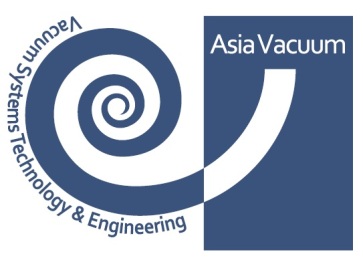How to select lab vacuum pumps
When selecting a vacuum pump for lyophilization, evaporation or concentration
applications, a vital consideration in pump performance is vapor tolerance. These
applications tend to involve high vapor flows that make extra demands of the
pumping capacity, so a pump that is designed to handle those vapors is important
to your success. But what do we mean by “handle those vapors?”
First things first. The first criterion in selecting a pump is to make sure that you have
one that produces vacuum in the most effective range for your application.
Vacuum Range
Most evaporative applications in the lab are best served by diaphragm pumps.
These can be made of chemical resistant materials and produce enough vacuum
to evaporate nearly every lab solvent (except DMSO) at room temperature. With the
addition of modest heat, even DMSO is manageable.
In contrast, lyophilization (freeze drying) requires vacuum that is deep enough to
induce sublimation – movement of a solvent directly from the solid state (e.g., ice) to
the vapor state. Effectively, since evaporative use of vacuum is directed at lowering
the boiling point, for sublimation we are trying to achieve a boiling point that is below
the freezing point (eutectic temperature). This takes much deeper vacuum than
diaphragm pumps can reach. For these applications, rotary vane pumps are the
most common choice
